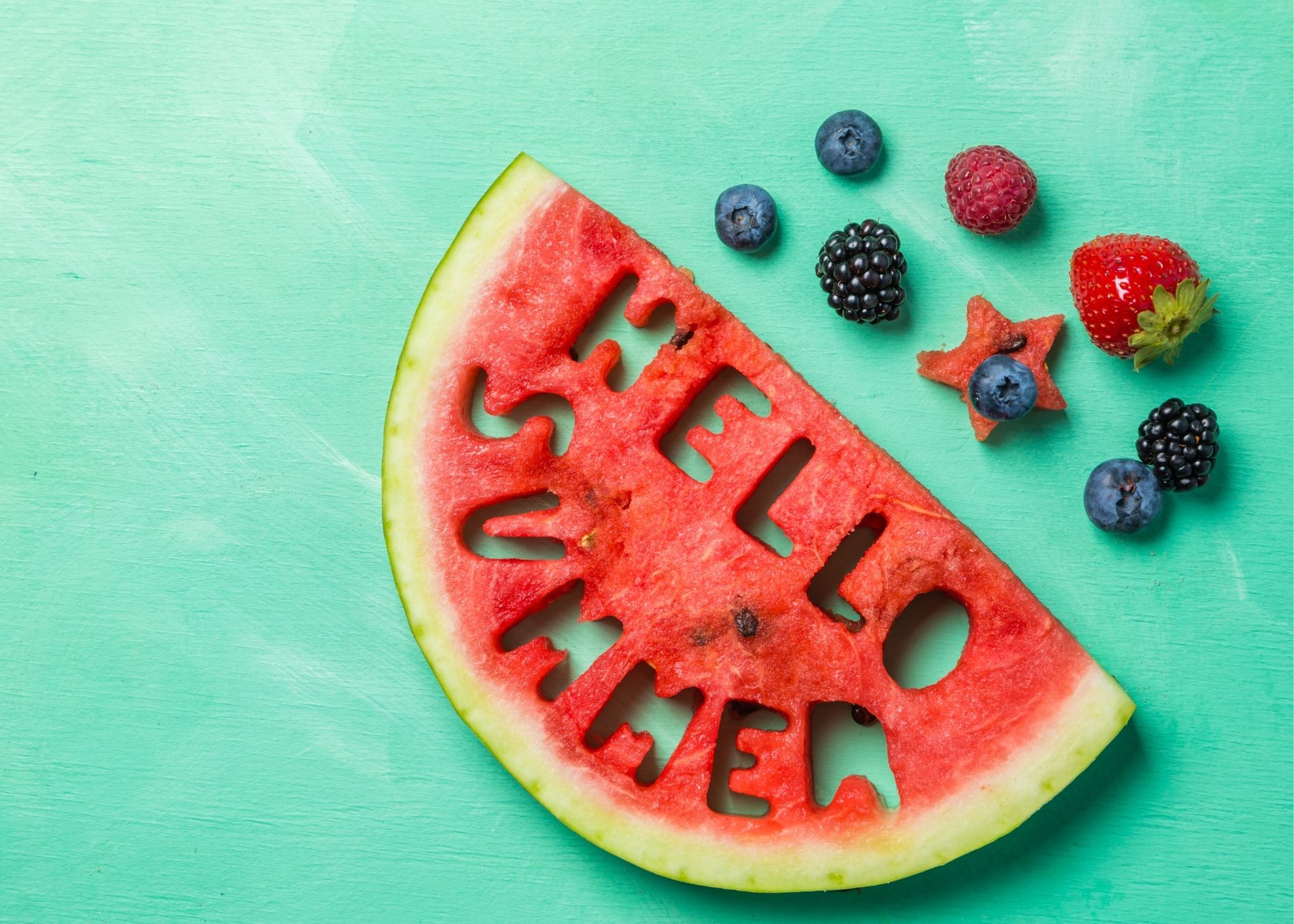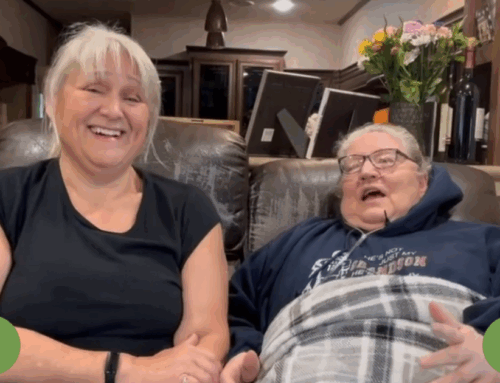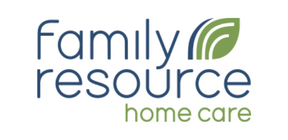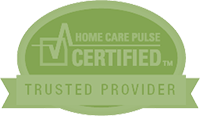Senior Safety during the Summertime:
By 2050, the senior population across the globe is expected to double, and the number of seniors above the age of 80 will triple. The senior population in the US is projected to rise from 48 million to 88 million. With an ever-increasing elderly population, who tend to be more frail and vulnerable due to natural declines in physical and mental faculties, it’s important to know how to keep seniors safe. The tricky thing about aging is that a once familiar place can suddenly become hazardous due to natural declines in physical and mental faculties during the aging process.
Potential safety hazards for seniors include:
- Issues with mobility and ambulation can become more common or intense with cluttered hallways or rooms.
- Showering can be a major risk for slips and falls.
- Cooking – with losses of dexterity or motor control – can become very dangerous, especially with sharp cutlery and hot kitchenware present.
- Even standing can become an issue, if balance is suddenly lost.
- Declines in mental capabilities can lead to confusion or disorientation, resulting in wandering astray and getting lost or hurt.
- Decreased circulation and temperature control make the elderly much more susceptible to heat-related injury or illness.
Heat Hazards:
A number of safety hazards often have a greater effect on seniors than on the rest of the population. During the summertime, dehydration and heat-related ailments are especially dangerous and prevalent among seniors. As we age, our ability to adequately respond to changes in temperature becomes increasingly difficult, and hyperthermia becomes a much greater risk to the elderly during the heat of the summer months. Hyperthermia can include heat stroke, heat edema, heat syncope, heat cramps, and heat exhaustion.
Heat stroke occurs when the body is overwhelmed by heat and unable to control its temperature. The NIH states that a body temp of over 104 degrees Fahrenheit is likely to suffer from heat stroke, and symptoms can include dizziness, irritability or change in behavior, fainting, flushed and dry skin with a lack of sweating. A person with any of these symptoms should immediately seek medical attention.
What to do when you notice signs of heat stroke:
- Get them into the shade or air conditioning, ideally lying down.
- If they can swallow safely, urge them to drink fluids like water or fruit juice.
- Apply a cold, wet cloth to areas where blood passes close to the surface of the skin like the neck, wrists, armpit, or groin.
- Encourage them to shower or bathe in cool water if it’s safe to do so.
The Most Common Cause of Injury in Elerly: Falls –
Falls are the number one most common cause of injury to elderly over the age of 65. About a third of all seniors fall each year, and half of that proportion will fall repeatedly. The biggest danger of falls is the resulting injuries, like hand, wrist, and hip fractures, which can be difficult to recover from. Among seniors, women tend to injure their hands more than men, most commonly as a result of falls. About 14% of injuries tended to by emergency services in seniors are to the upper extremities.
How to decrease the likelihood of falls:
Short of removing gravity itself, there is, unfortunately, no way to make a home completely fall-proof, but there are measures that can be taken to decrease the likelihood of falls.
- Install railings, and guardrails in rooms that are frequently used, especially rooms with water like the kitchen or bathroom where slipping is more likely.
- Use seats or stools in the shower
- Add ramps to staircases
- Improving lighting in the home with brighter bulbs or night lights, especially in hallways and walkways, can help counteract the effects of worsening vision that accompany age. Another outcome of aging is deteriorating vision.
- Install child-proof padding on furniture or sharp corners.
Additional Senior Safety Tips:
- Burns
- The preexisting frailty of the aging body often leads to worse outcomes from burns in the kitchen and often leads to a higher likelihood for infection. Malnutrition and mental health alteration in older adults are also factors for increased morbidity and mortality.
- Cooking
- In the kitchen, always keep pot and pan handles away from the edge of the stove, to prevent knocking them off the counter.
- Ensure pot and pan handles are not sitting above an active burner.
- In some cases, stove and oven cooking should be avoided altogether by seniors, to be extra cautious. But a microwave is a good alternative for seniors who still want to prepare meals.
- Detectors
- Every home should have a smoke detector, carbon monoxide detector, and fire extinguisher. Equally important is testing them periodically to ensure they are still working and have sufficient battery life.
- Medical alert devices are a helpful resource if a senior is living alone and becomes incapacitated after a fall.
How Home Care Can Help with Senior Safety in the Summertime:
- Caregivers are trained to spot potential hazards in the home and can take measures, like securing carpet corners or removing clutter, to make the home safer.
- Our meal planning and preparation services help diminish the potential for injuries in the kitchen such as cuts and burns, while improving dietary or nutritional deficiencies.
- Having a trained professional to monitor vitals and spot the signs of dehydration or heat stroke can greatly mitigate the potential or severity of such injuries.
- Assistance with ambulation and transferring between chairs, beds, etc. decreases the likelihood of hazardous falls.
- Bathing and personal care services improve hygiene and safety and decrease the risk of slips and falls.
If you know anyone in need of safety assistance in the home, or extra care during the summer heat, please Call or Contact Us. Our supervisors are available 24/7 to answer any questions or schedule a free assessment.






